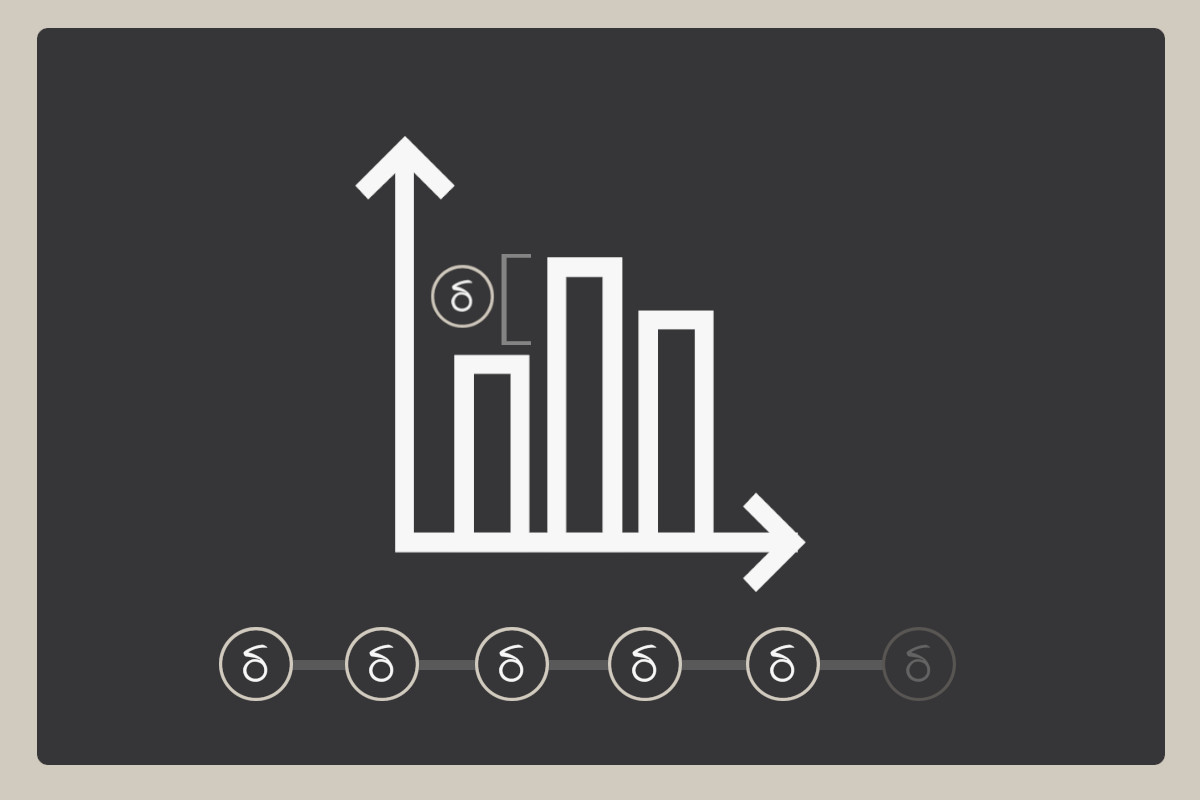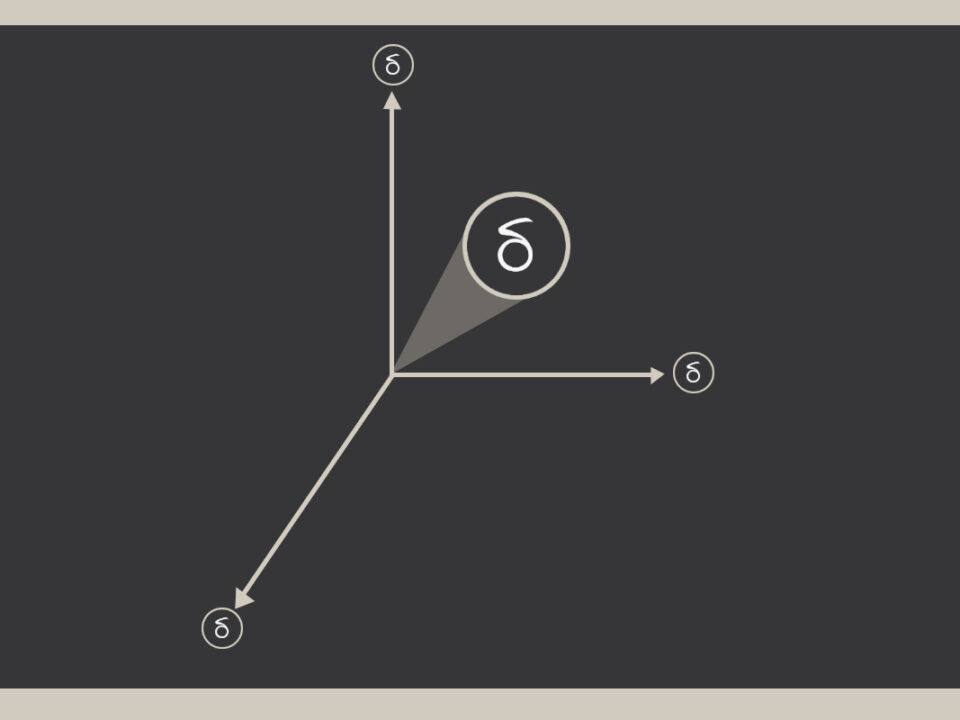The Measurement Delta: Lighting The Way With Data
So far we’ve covered a lot of “deltas” – gaps or distances – you can identify and use to help your small business.
From alignment, to differentiation, to building relevance and last week’s “Systems Delta” – something I’ll take a step further below.
As a quick recap, I mentioned how your “Systems Delta” is important for identifying the systems you need to help you harness the chaos that can come in from your digital marketing system.
Identifying and defining these systems helps you create a seamless experience for you customers/clients.
Once you have them in place you’ll need to find ways to see how they’re performing (or, more importantly if they’re not performing).
The Measurement Delta
“There is no failure, only data”.
That’s a mantra that I mention a lot to my clients and essentially means that whatever challenges your small business faces, there’s knowledge and insights to be gained by leveraging the data that comes from encountering those challenges.
However, if you’re not measuring things within your systems setup, your data may be incomplete (which can create more challenges the further you get into managing your business).
No measurement systems = flying blind, essentially.
Defining Success For Your Business (Measurement System)
One of the systems not mentioned in the previous post is your measurement system – what (and how) are you measuring in your business that will help you define success?
Going back to the previous post, we can look at things that are commonly measured for each of the systems mentioned:
> Marketing System Examples: Qualified (Good) leads, Channel-Specific Measurements (search traffic, social media engagement, etc.)
> Sales System Examples: Conversion Rate, Bookings
> Onboarding System Examples: On-time starts for services, completed on-boardings
> Service/Delivery Examples: Project/service time to completion (actual vs estimated), Milestone duration, profit per project/service (actual vs. estimated)
> Post-Service System Examples: Reviews, Referrals, Feedback collected, Follow-up offers made
While these types of measurements are great at giving you a granular look at things, it’s also important to keep your overall business success in mind.
Overall business examples: revenue, profit, customers/clients served
A quick side note: for financial related measurements, it’s usually best to consult with an accountant to help you out. A bookkeeper is also recommended if you don’t have one yet at this stage.
And taking that a step further, you can take a look at more holistic measurements of success – why did you start your business in the first place?
What kind of life did you want when you started the business?
These are more qualitative measurements (more on what “qualitative” means below), but these are really important to define here as well.
Collecting Measurements (Data)
Now that you know what measurements you want to collect, you’ll have to look how you’ll be measuring things.
As mentioned in the previous post, if you can weave in digital platforms into your systems, much of the measurement can be automated, but even if you start manually with a spreadsheet, it’s better than not measuring things (you can always automate later).
How Often To Check Measurements
With the “what” and “how” of measuring complete, you’ll next move to “when” to check your measurements.
How frequent you check in on each measurement largely depends on what you’re measuring, but typical check-ins can be monthly, quarterly and annually (or all of the above).
If you want to keep tabs a bit more frequently, you certainly can, but some measurements make more sense to look at with a wider time frame to make sure you get enough data to understand performance.
Measurement, Metrics and Mathematics
As I’ve done in past posts here, I’d like to take a brief moment to introduce the concept of “metric” from the Mathematics world.
Deltas are just metrics – looking at relative measurements of distances (or gaps) between two points or states of a system.
In mathematics, a metric is just a distance function on a particular set of elements (the elements could be anything), which collectively is known as a metric space – it’s a way of measuring gaps between things, essentially or assigning a value to that gap, essentially.
So if you define success of your marketing system by number of leads in a given month, your metric would be a single value or the count of leads.
This is measuring the magnitude (amount) of leads (think of it as a bar chart – the height of the “leads” bar in the chart is the amount of leads you had in a particular month).
From there you can compare that single value with previous months’ values to give you another metric (a difference between the two values), which is useful for measuring improvement (more on that below) over time.
Metrics don’t always have to be numbers, either.
They can be measurements of qualitative value (rather than quantitative metrics that you assign a number to or can count), like customer satisfaction, employee satisfaction, among other things that can’t be directly counted or assigned a hard number.
These can be helpful when you’re trying to figure out “why” your regular metrics (numbers) are what they are to help you improve those metrics.
Full Circle: The Final Delta
No matter what kind of small business you may have, improvement should be at the heart of everything you do.
Each area of your business is likely never “perfect” – even large businesses are never perfect, so it’s unrealistic to think your small business has everything 100% right at any given moment of time.
But, with your measurement system now in place and your success metrics well defined, it makes the next (and final step in this series) much easier: the “Improvement Delta” – moving your small business to its full potential over time, and how it circles back to the start.




